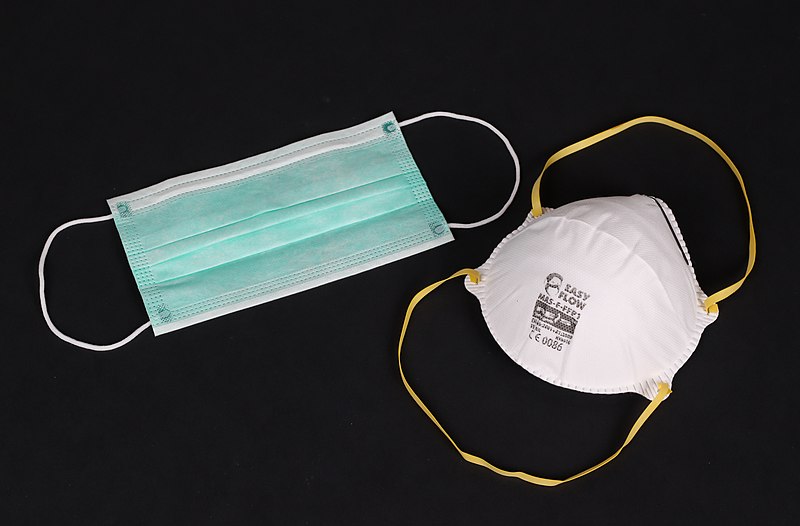The effectiveness of different masks
Which type reigns superior?
With the ever increasing threat of the COVID-19 pandemic, there is an abundance of different masks to choose from. So, which type is most effective?
Surgical masks
Surgical masks are loose-fitting, fluid resistant, single use masks made of a thin, paper-like material. They are designed to block droplets emitted by the wearer through coughing, sneezing, talking, and breathing and are effective in doing so. A study done by researchers at Duke University study has shown that surgical masks prevent the transmission of upwards of 95% of airborne droplets. Surgical masks primarily protect others, though they do offer the wearer limited protection against larger droplets, splashes, and sprays.
N95 Respirators
N95 masks are medical grade respirators made of multiple layers of a synthetic material called polypropylene. These respirators are designed to create a tight seal around the mouth and nose, protecting both the wearer and the people around them. When worn correctly, N95 respirators filter 95% of incoming respiratory particles and 99.9% of respiratory particles released by the wearer. However, the CDC (Centers for Disease Control) urges that N95 masks be reserved for medical professionals in close contact with COVID-19 patients, as they remain in limited supply.
Cloth masks
With a heavy demand for professional grade masks by healthcare workers, many have begun fashioning their own homemade cloth masks. Many companies outside of the medical field have also begun producing cloth masks. Since there are a multitude of different types of cloth masks, it can be difficult to come to a consensus about their effectiveness, but generally, they are effective at trapping outgoing respiratory droplets. When buying or making a cloth mask, it is important to consider 2 factors: fit and material. Firstly, check that the mask fits tightly to your face: this will help avoid leakage through the sides of the mask. Secondly, make sure the mask has multiple layers— preferably 2 layers of tight-weave 100% cotton and 1 layer of a synthetic, like polypropylene. A Duke University study has shown that tri-layered cloth mask traps nearly 95% of airborne droplets—on par with the effectiveness of surgical masks. However, cloth masks have not shown to provide any protection for the wearer.
Bandanas and neck gaiters
Some people seeking alternative face covering options have looked towards bandanas and neck gaiters. Although they may seem like a viable alternative, they have proven to be highly ineffective— to the same extent as wearing no mask at all, if not worse. Dr. Eric Westman, an Associate Professor of Medicine at Duke University states, “The real twist that we didn’t foresee was that a bandana or a gaiter…didn’t really work at all.” His study revealed that bandanas and neck gaiters only block 50% of airborne particles, which is far worse than any of the other masks on the list, and in some aspects, worse than wearing no mask at all.
Considering all the information researchers currently have, surgical masks and layered, tight fitting cloth masks are probably the best option for the general public, as they are readily available and provide ample protection for others. However, people should try to stay away from bandanas and neck gaiters, for their performance at filtering airborne repository particles is subpar, and in some cases, as bad as, if not worse than wearing no mask at all. Also, though they are most effective, N95 respirator should not be worn by the general public and instead be reserved for healthcare professionals, like Dr. Mitra Dasgheyb, a Northern Virginia physician, who says that they “are still in short supply.”
Hey, I'm Artin! I'm a freshman, and this is my first year writing for the Oakton Outlook. I love writing sports stories, news articles, feature pieces,...











Jack Otto | Oct 31, 2020 at 1:47 am
This is pretty POG